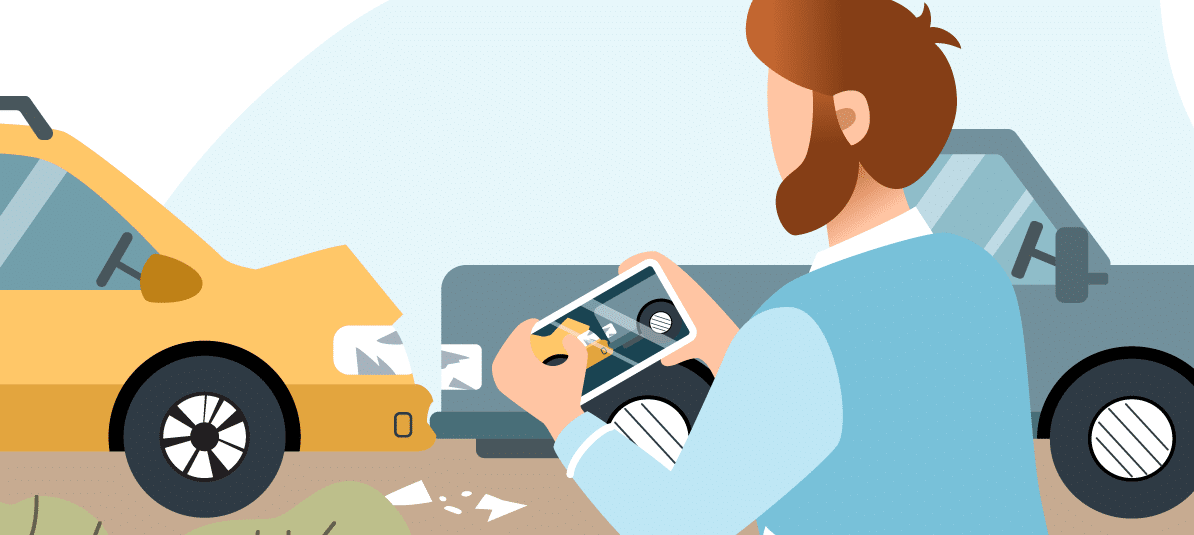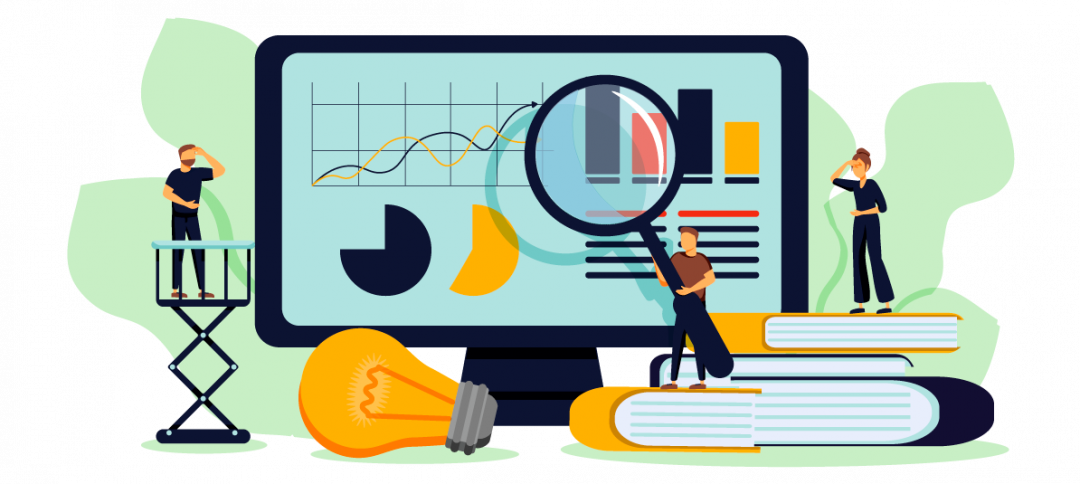When a claim occurs, it is necessary for a professional to verify, assess, quantify and price it to make the disbursements corresponding to the guarantees covered by the policy. And that professional is none other than the insurance appraiser. Today, with the appearance of new technologies, the way insurance experts work has changed and users actively participate in the appraisal process.
Times have changed
Until quite recently, the insurance appraiser’s job was eminently face-to-face, right on the front line, we might say. An example is the experts who used to visit car workshops to assess the damage to vehicles. But little by little, the mobility solutions of technology started making it easier for these experts to be connected with the insurance company. Thus each appraiser could manage visits to workshops in a much more streamlined way using his or her own device and, at the same time, upload the information from each appraisal to the web so users could instantly know the status of repairs to their vehicle. Today, thanks to remote appraisal services, the physical presence of experts is no longer required, since they can assess claims through photographs or videos provided by the repairman.
Technology and proximity
Few people could have imagined that the emergence of the coronavirus would further accelerate this remote appraisal dynamic. In the months of lockdown during the state of emergency, accidents continued to occur, especially in the home but also in the field of freight and goods transportation, which was working at full capacity to ensure there were no supermarket shortages. But what happened in the event of an incident? How did the appraisers travel to assess a claim? When it came to appraisals, technology kept the insurance industry close to its customers: thanks to photographs or videos of incidents, these professionals were able to continue doing their jobs. And it was no longer the repair people but the users themselves who could send the information. The problem of limited mobility ended up becoming a great opportunity.
Clear advantages
The data is revealing: during lockdown, the use of remote control appraisal tools increased by 300%. And the advantages are clear: in addition to greatly improving the sector’s image and proximity, there was an evident saving in costs and, above all, in time, plus greater speed, immediacy and precision when responding to users.
Keeping appraisers up-to-date
Appraisers are now required to constantly evolve and become increasingly specialized in their knowledge of the different tech tools that so greatly help their investigation and appraisal tasks: drones, laser measurement tools, thermal viewers, photography, computer equipment … A whole world of possibilities at the service of the end user.









